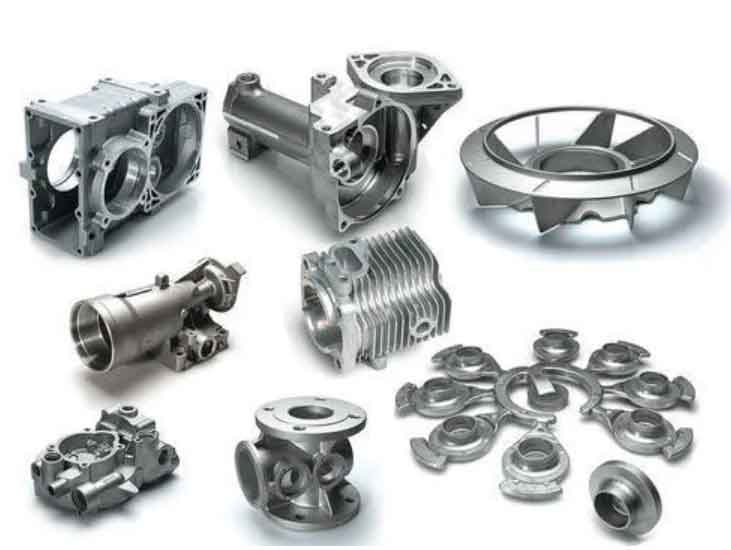In recent years, there have been several innovations in grey cast iron production aimed at improving both quality and efficiency. These innovations leverage advancements in technology, process optimization, and material development. Here are some notable innovations in grey cast iron production:

- Computer-Aided Design and Simulation: Computer-aided design (CAD) software and simulation tools have revolutionized the casting process. They allow for the virtual modeling and analysis of casting designs, optimizing mold filling, solidification, and predicting defects. This technology helps in reducing trial and error, improving casting quality, and shortening development cycles.
- Advanced Molding Techniques: Innovations in molding technologies have improved both the quality and efficiency of grey cast iron production. High-pressure molding processes, such as squeeze casting and vacuum-assisted molding, enable better mold compaction, reduced porosity, and improved surface finish. These techniques help achieve higher casting densities and dimensional accuracy.
- Metal Treatment and Inoculation: The use of advanced metal treatment techniques and inoculation methods has enhanced the properties of grey cast iron. Controlled addition of alloying elements and inoculants during the melting process improves the microstructure, strength, and machinability of grey cast iron components.
- Automated Casting Systems: Automation plays a crucial role in improving efficiency and consistency in grey cast iron production. Automated casting systems, including robotic pouring and mold handling, ensure precise control of process variables, reduced human error, and increased productivity. These systems also enable real-time monitoring and data collection for process optimization.
- Quality Control and Non-Destructive Testing: Innovations in quality control and non-destructive testing (NDT) techniques have improved the inspection and assessment of grey cast iron components. Advanced NDT methods, such as ultrasonic testing, X-ray inspection, and 3D scanning, enable accurate detection of defects, dimensional measurement, and quality assurance.
- Energy Efficiency and Sustainability: Grey cast iron foundries are embracing energy-efficient technologies and sustainable practices to reduce environmental impact. This includes implementing energy-efficient melting furnaces, optimizing heat recovery systems, recycling and reusing molding materials, and reducing emissions and waste generation.
- Digitalization and Data Analytics: The integration of digitalization and data analytics in grey cast iron production enables real-time monitoring, process optimization, and predictive maintenance. IoT sensors, data analytics algorithms, and machine learning models help optimize process parameters, improve yield, and reduce downtime by predicting equipment failures.
These innovations have significantly improved the quality, efficiency, and sustainability of grey cast iron production. They enable foundries to produce high-quality components with reduced lead times, lower costs, and improved overall performance.
